7 Stories From America’s Coronavirus Graveyard: Deaths Pass 300K
ACROSS AMERICA — As the coronavirus vaccine went into the first of Americans’ arms Tuesday, nine months after the outbreak was declared a global health pandemic, the counter on the U.S. death toll rolled over past 300,000. It’s a horrific milestone by any measure, but the days since have been marked by single-day death records that smash the ones set before, plunging Americans deeper by the day into grief and despair.
The United States leads the developed world in deaths from COVID-19, the coronavirus illness. It’s as if the city of Pittsburgh, Pennsylvania, emptied overnight. It’s as if half the population of Vermont suddenly vanished. It’s as if the United States fought in five Vietnam Wars and was in the midst of a sixth.
The trail along America’s metaphorical mass coronavirus graveyard is marked by tears. Each person lost to COVID-19 was loved by someone, if not by many someones.
The casualties are people whose crafts have entertained you — from Tony-nominated Broadway star Nick Cordero, at 41 a picture of good health until the virus ravaged his body, to acclaimed singer-songwriter John Prine, whose keen empathy for the struggles and triumphs of everyday working people made him one of America's most beloved storytellers. They are public figures like Herman Cain, the founder of Godfather’s Pizza and 2012 presidential candidate who was infected with the virus after flouting cautions to wear masks at a June rally for President Donald Trump and died the next month.
Mostly, though, the victims of this illness battering America from coast to coast and border to border are people you’ve never heard of but whose absences leave a hole in the hearts of the people who loved, depended on and knew them as more than a statistic.
Do you know someone who has died of COVID-19? Remember them in Patch’s Virtual Memorial.
Of the more than 300,000 human stories behind the wave of funerals, here are seven of them:
She Knew She Was Dying
COVID-19 kills in plain sight.
Some people get it and get over it without showing a single symptom. Others wage a feverish fight against the virus, drifting in and out of consciousness, unaware their next breath will be their last.
But not Earla Dawn Dimitriadis.
The 66-year-old Stratford, Connecticut, woman knew she was dying.
She filled her mind in those final days in an ICU bed, isolated from the legions of people who loved her or whose lives she touched, and focused on her “wish list” — the things she loved, the memories that made her smile — instead of the rhythm and sounds of machines and monitors marking her last moments on Earth.
“It is now just a matter of trying to keep me comfortable 'til I pass,” she wrote in a Facebook post on Dec. 3, two days before died. “I’m ready to go and not be in pain anymore. … This will probably be my last post. Be kind to each other. I love you.”
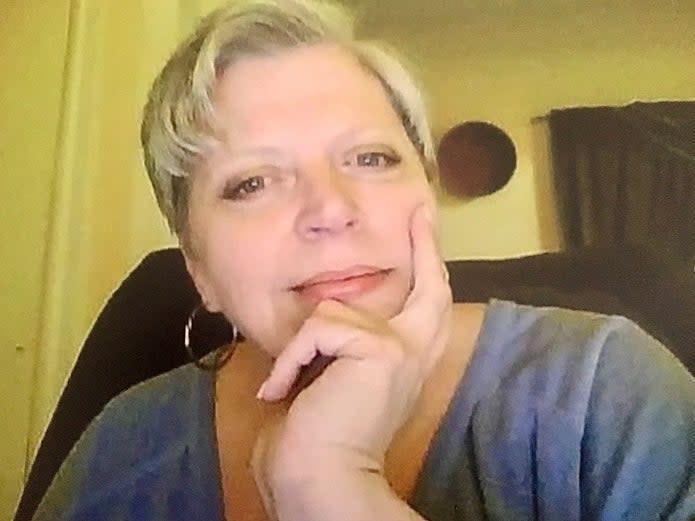
“Sir Lloyd” Helped Everyone
COVID-19 is a thief.
Everyone in the Brooklyn, New York, neighborhood of Bedford-Stuyvesant has a story about Lloyd Cornelious Porter. People around the trendy Bed-Stuy, as the neighborhood is colloquially known, called him “King Lloyd” and “Sir Lloyd.”
“He was one of those people who helped build that magic village,” his friend Leticia Greene told Patch’s Matt Troutman. “He will be sorely missed.”
Greene ended up in Bed-Stuy 16 years ago because of Porter.
She and her husband had looked at places in a couple of other neighborhoods, but those options melted away when they visited Porter’s Bread-Stuy coffee shop.
“Hey, some new faces,” Porter said when they walked into the coffee shop. “Welcome.”
Within five minutes, they were chatting like old friends over the freshly baked goods Porter had handed out. Greene and her husband not only moved to Bed-Stuy, but they also found a place across the street from the coffee shop and became best friends with Porter and his wife, Hillary.
"He was warm, funny, sincere," Greene said. "He was everything that you want to find in a community, in a store and a person."
Greene and her neighbors grieved when Porter said he and Hillary would be moving back to their native California.
The hurt of that was a harbinger of what was to come.
When the virus spread through New York City, it took a particularly steep toll in communities of color like Bed-Stuy. And when it caught up with Sir Lloyd, this man with a gift for friendship was all alone.
"Covid steals so much from you," Greene said. "It steals the thing that is so basic to us, and that is touch.
"My friend who people loved, my brother, should have never died in a hospital alone."
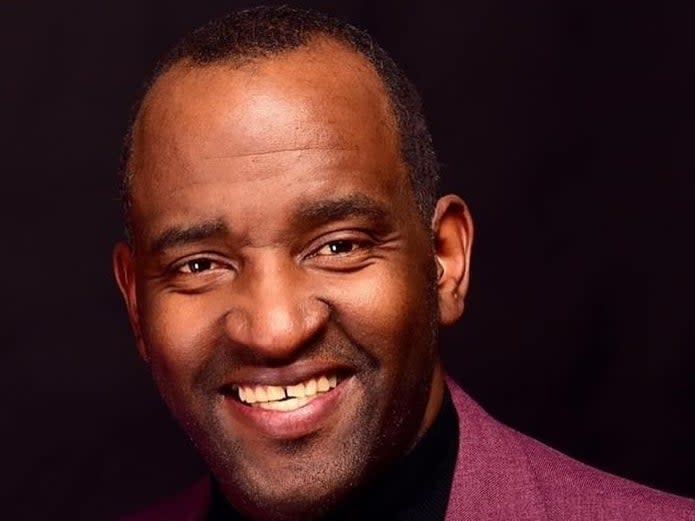
Mom’s Final Lesson
COVID-19 is a teacher.
Its lessons came at the price of a 51-year-old teacher’s life, though.
Renee Dermott of New Port Richey, Florida, loved everything and everyone around her: her two daughters, her husband, her home, the kids she taught and just being a teacher.
“All the kids adore her,” fellow teacher Tanya Murphy said of Dermott. “She's lots of fun. She's high energy. She's kind of got that goofy thing going on that kids can relate to. She has seen many ... kiddos walk through her classroom doors and has shown love to all of them. Now it's our turn to show love to her."
Dermott’s daughter, Nikki, called her mom a “neat freak germaphobe” who took extreme caution to protect herself against the virus on those rare occasions she did venture out.
Still, the virus found her.
It ravaged her.
“My mom was in anguish,” Nikki wrote on Facebook, the social media platform used by many in socially distanced America to let people know what was going on with people they love, to offer them hope and to plead for prayers.
“This is a small story with a huge impact, and it just goes to show how much you may think you don't make a difference, and you do,” she wrote in one post. “Mom, you are living proof that love can drown out darkness. I know when she gets out, she will help touch even more lives and realize how much love this world has in it. From a daughter waiting for her mother to come home, I've cried over and over. I'm never going to forget this, and I know she won't. I know in my heart she is ready to see everyone again. To hug and laugh more with all of us and her loved ones and to BREATHE. Life is too short for us all. I'm eternally grateful.”
In the end, the virus killed Renee Dermott.
Her daughter asked the legions grieving her to take a piece of her effervescent spirit with them on their journeys through life.
“Please don't let her die away,” she pleaded on Facebook. “I don't know if my heart can take it. If she has a memory with you, take it, use it, spread it to someone you love.”
It was, said this heartbroken child of a teacher, her mother’s final lesson.
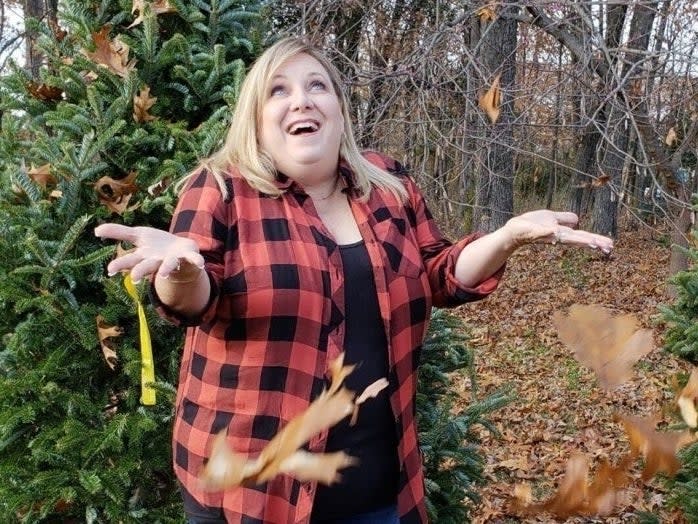
A Cruel Arbiter On Race
COVID-19 shines a light on racial inequality.
Among the nearly 11,000 more people who had died by Friday was Benny Napoleon, the county sheriff in Wayne County, Michigan, where 79,000 confirmed coronavirus cases and 3,500 deaths as of Friday make it 22nd in the country in the number of infections and eighth in the number of fatalities.
The 65-year-old sheriff was especially at risk as a Black man.
Black people already suffer chronic conditions that weaken lungs and compromise immune systems — heart disease, hypertension, asthma and diabetes — at higher rates than white people. Their risk is compounded by environmental, economic and political factors that have systemically redlined them into neighborhoods with dirty air, contaminated drinking water systems and copious options for fast food but limited access to healthy food.
The coronavirus heaps on more misery.
Black people are dying from COVID-19 at an alarming rates about 2.5 percent to 3 percent higher than other groups. Black people account for about 40 percent of COVID-19-related deaths in Michigan but only 14 percent of the population.
As a public servant and front-line worker, Napoleon was more vulnerable still. He tested positive for the virus on Nov. 19, was hospitalized the next day and went on a ventilator Nov. 30. He died Thursday.
Napoleon wasn’t just a cop, though he was respected as one.
“Benny had so much life yet to live,” Michigan Attorney General Dana Nessel, who worked closely with Napoleon to get much-needed personal protective equipment to his deputies, wrote in a statement. “Our community has once again lost someone larger than life to this vicious pandemic.”
Wayne County Prosecutor Kym Worthy, who has worked closely with Napoleon on various issues of racial justice, felt bereft, writing in her statement that she “cannot even imagine a world without Benny in it.”
“He was a beloved, iconic, and respected law enforcement official," she said. "He was progressive and he was old school. He was tough and he had a heart of gold. But most of all, he was a genuine, caring, and loyal friend and colleague. I will miss him forever.”
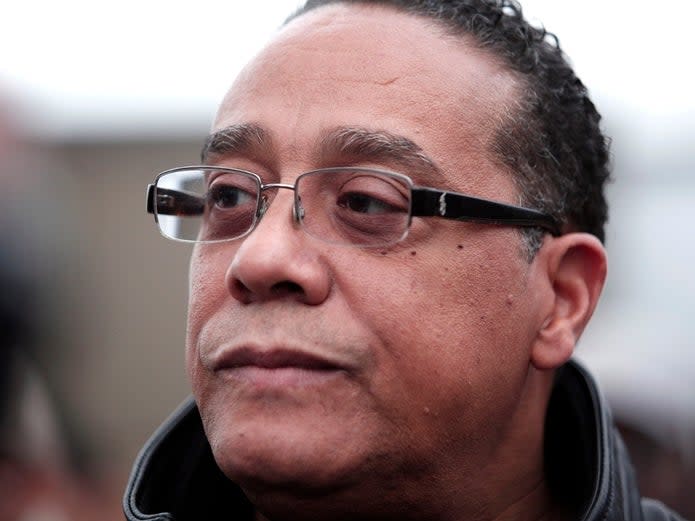
A Lonely Roller Coaster Ride
COVID-19 can be dangerously deceptive.
Olan Montgomery’s first two visits to the doctor resulted in the same advice given to people with a case of the sniffles: Get plenty of rest, and drink lots of water. But the 56-year-old actor, photographer, painter and makeup artist from New York City knew there was more to it.
He could feel COVID-19 brewing in his lungs.
Montgomery went to the emergency room on March 6. The next day, his doctors put him on a ventilator. Less than a month later, he was dead. He lived the last month of his life veering in and out of critical condition. He would open his eyes. Doctors removed him from the ventilator. And then he was back on it.
It was like riding a roller coaster that plunges its riders into critical condition, slowly climbs back to stability, then lurches back down again, with no one at his side to calm his fears — not his twin, Tom, nor his sister nor the woman who gave him life.
His twin called the hospital three times a day for updates until an overwhelmed hospital staff limited calls to only one. He went through dialysis so his kidneys wouldn’t shut down and got fentanyl for the pain. The amount of oxygen delivered by the ventilator went up and down on the deadly rails.
"You have to call and wait, and they say hold on, and sometimes they let you stay on there 'til the phone dies," Tom Montgomery told Patch’s Maya Kaufman. "The only time they seem to call you is when they have bad news."
The last time Tom spoke to his twin was over FaceTime. His brother was unable to talk, but he seemed calm. He shook his head “no” when a nurse asked if he was afraid.
It looked good. His ventilator removed, he moved out to ICU to a step-down unit, where hospitals move patients who are improving and starting to breathe on their own.
But when hospital workers made their rounds on April 4, they discovered Olan Montgomery had died. The death certificate was riddled with errors, and Tom says the only thing the family may ever know for sure is this:
Olan Montgomery, like hundreds of thousands of other Americans, died utterly alone.
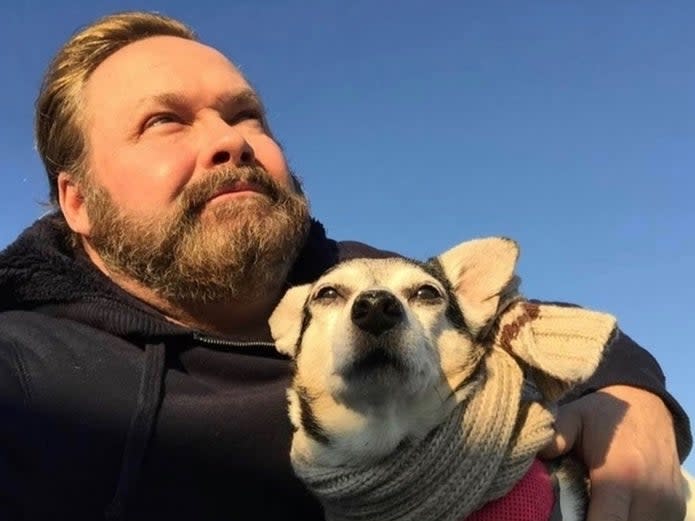
“Five Days Of Hell”
COVID-19 is a cruel and merciless killer.
One week last spring, three members of a close-knit Branford, Connecticut, family were enjoying their lives, playing cards, testing their wit on TV game shows and, most of all, looking forward to the near-daily visits from their sons, daughters, grandchildren, nieces and nephews.
The next week, there was no one for the kids to visit at their nursing home.
Frances Aceto was the first to die, on May 3. She was 83.
Three days later, her sister, 94-year-old Grace Bissonnette, succumbed to the illness that preys on the elderly.
And a day after that, on May 7, Nicholas, Frances’ husband of more than six decades, died. He was 85.
Deborah Aceto Larsen described the deaths of her parents and aunt as “five days of hell for us.”
“No words,” she wrote on Facebook. “I woke up five days ago and had a loving mother, father, and godmother and aunt. Tonight they are all in heaven and our family is heartbroken.”
She’s comforted that her parents were able to touch one last time. At least her parents and aunt were surrounded by the COVID-19 floor staff at Yale New Haven Hospital's Saint Raphael campus and didn’t die alone. Many families don’t get that mercy.
But the anger persisted.
“I’m angry at this virus [for] attacking the most frail,” Larsen told Patch’s Ellyn Santiago. “I’m angry at young people who think this is nothing; it’s not about you. I’m angry that we could not be together for my parents, couldn’t be with them, couldn’t hug my siblings.”
When a friend who posted on social media the virus was a hoax, this woman who had lost three of the people she loved most, one by one, could not stop her fingers from flying across the keyboard.
“I was angry,” Larsen said. “I just blasted them: 'When you post this stuff, it's very hurtful to people who have lost loved ones. We lost three.’ ”
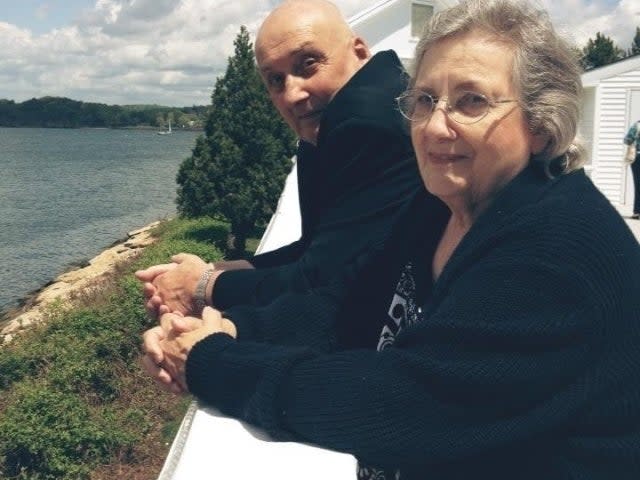
Take This Virus Seriously
COVID-19 throws curves.
Danielle “Dani” Rubin Kater was only 30. The Illinois woman didn’t have any pre-existing conditions, and she hadn’t been in contact with anyone at a long-term care facility. She went downhill quickly after showing symptoms of the coronavirus illness on Oct. 27.
A week later, she died.
Kater’s life had to stand for something, her mother, Tina Rubin, decided. She contacted Illinois Gov. J.B. Pritker, and offered her dead daughter up as a poster child to get young people to take the virus seriously.
“We lost our only daughter,” Rubin said at a news conference, her son-in-law at her side. “Tim lost the love of his life. But through this we want something positive. You know, these aren’t just numbers. These aren’t just statistics. These are real people with real lives and real futures that have been stolen by this virus.”
Take this virus seriously, she said.
“If we can have one person stay home, do something positive for someone else by making sure they quarantine when they are sick, follow all the CDC restrictions. I know everyone is tired,” Rubin implored, “but you just have no idea the devastation losing someone brings to a family.”
Read the full stories cited above:
She Knew She Was Dying, by Anna-Bybee Schier for Stratford Patch
Mom’s Final Lesson, by D’Ann Lawrence White for New Port Richey Patch
“Sir Lloyd” Helped Everyone, by Matt Troutman for Bed-Stuy Patch
A Cruel Arbiter Of Race, by Joey Oliver for Detroit Patc:
A Lonely Roller Coaster Ride, by Maya Kaufman for Bayside-Douglaston Patch
“Five Days Of Hell,” by Ellyn Santiago for Branford Patch
Take This Virus Seriously, by Jonah Meadows for Across Illinois Patch
This article originally appeared on the Across America Patch

